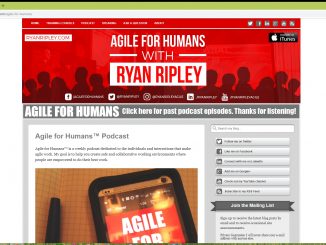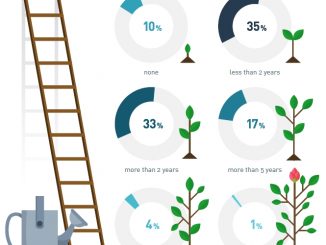Other Resources for Scrummasters, Product Owners and Agile Developers: podcasts, approaches, groups
Podcasts play an important role as one of the modern tools for personal Agile training and Scrum knowledge acquisition, as much as videos. Audio-only material is useful in a context where the eyes are already busy, when you commute in your car for instance.
Even if for some Agile and Scrum practitioners, checklists can have the bad reputations as being on the wrong side of the “Individuals and interactions over processes and tool ” Agile Manifesto preferred values, it doesn’t always mean that it contains “items you should always check”. They can be also considered as a good practice that allows to capitalize and share experience when they are used as guidelines to assess the different aspects of a situation.
Reducing the time to create usable software with short Scrum sprints is a nice thing, but then how do you deliver it to the users? How can Agile developers who embrace changes work with system people who like stability? To answers these questions, Scrum.org and the DevOps Institute have produced a white paper titled “The Convergence of Scrum and DevOps”.
Scrum.org and Age of Product have released recently the 2019 Scrum Master Trends Report. This report is a follow-up to the 2017 Scrum Master Salary Report. The 2019 Scrum Master Trends Report is based on a 2018 survey of more than 2100 participants, with a focus on trends useful to both new and experienced Scrum Masters. The survey results reveal salary trends and agile adoption patterns, while also exploring gender equality within the Scrum Master role.
The Scrum Alliance has published its 2017-18 State of Scrum Report that provide data about Scrum adoption and trends based on a survey of more than 2,000 of its members. This report emphasizes Agile transformation and the need for scaling Scrum. It also shows that people using only Scrum has strongly decreased these past two years.
The Google design sprint framework is a five-phase framework developed by Google that helps answer critical business questions through rapid prototyping and user testing. The design sprints let teams reach clearly defined goals and deliverables and gain key learnings. According to Google, this process helps spark innovation, encourage user-centered thinking, align teams under a shared vision, and get faster to product launch.
It is sometime difficult to have an overview of the different principles and practices that are grouped under the Agile banner. In his blog post, Jerome Kehrli has tried the challenging exercise of classifying Agile principles and practices using the periodic table of chemical elements as an inspiration.








